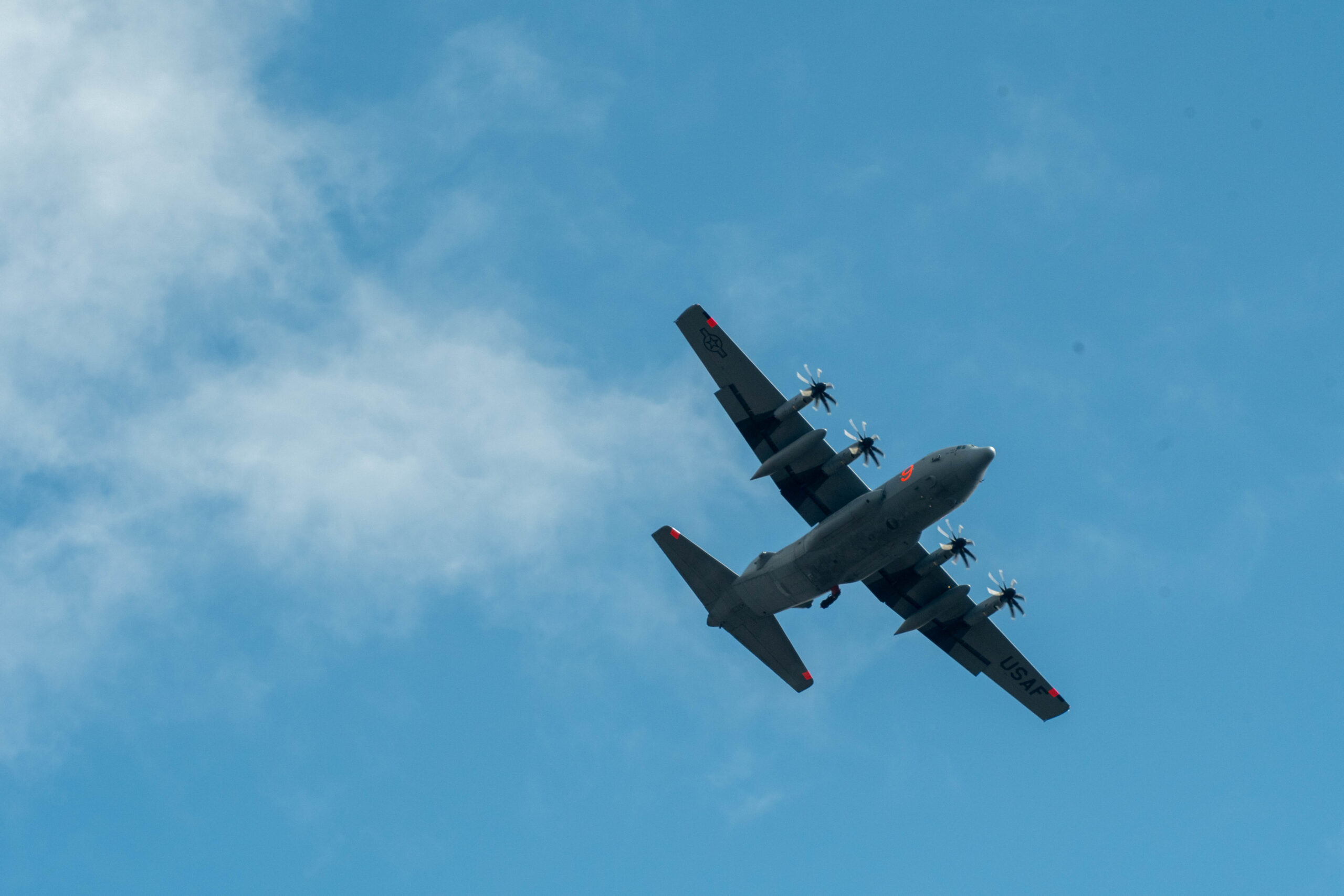152nd Airlift Wing Public Affairs
Story by Staff Sgt. Matthew Greiner
GOWEN FIELD, Idaho —
The Nevada Air National Guard’s 152nd Operations Group upgraded four pilots to aircraft commanders certified on the Modular Airborne Fire Fighting System (MAFFS) here, April 25 – 30.
“We have four MAFFS aircraft commanders,” said Maj. Alex Kassebaum, 192nd Airlift Squadron Director of Operations. “We’re the new kids on the block in MAFFS — it takes about five years to train and certify an aircraft commander.”
The additional four MAFFS aircraft commanders will double the current number of certified pilots on the roster. This change will increase the effectiveness of scheduling, mitigate burnout fatigue and make things safer for the aircrews, Kassebaum said.
“These four additional aircraft pilots will give us great flexibility when it comes to deploying during the MAFFS season,” said Capt. Dylan Weber, the Air Expeditionary Group’s (AEG) MAFFS Scheduler, 152nd Operations Group. “Aircrew fatigue occurs when they are deployed for long periods of time, having more people trained reduces the load on everyone.”
“When we go to a fire we’re out there for a week to 12 days at a time before anybody gets a break, Kassebaum said. “By doubling the number of MAFFS aircraft commanders, we’re giving ourselves more bodies to rotate and alleviating the risk of burnout.”
Having more pilots to cycle through the fire season will lead to safer mission, he said.
To go from four to eight required several aircraft commanders to be upgraded to instructors.
The path to MAFFS aircraft commander starts in the right seat as a MAFFS co-pilot and they must meet the minimum requirements before they can be considered for a MAFFS aircraft commander.
Master Sgt. Rita Middleton, 152nd Airlift Wing MAFFS AEG Senior Enlisted Leader said before becoming a MAFFS aircraft commander, a co-pilot must have: two seasons flying as a MAFFS co-pilot; minimum of 1,800 hours in a C-130; minimum of 15 total drops; and a minimum of two MAFFS deployments.
“A MAFFS aircraft commander oversees a crew of six people, the aircraft, and ensures the plane gets to the fire area to drop 3,000 gallons of retardant on a designated area determined by a lead pilot,” Kassebaum said.
“We pick the most experienced pilots in the squadron for the MAFFS aircraft commander positions,” Kassebaum said. “Often times they already are aircraft commanders, instructor pilots of the C-130 aircraft, who are selected to sit in the right seat. It takes approximately five years to develop a co-pilot to get them ready to be in the left seat.”
To sit in the MAFFS aircraft commander left seat requires years of experience. In addition to the checklist of requirements, a MAFFS co-pilot must be evaluated again during an active MAFFS mission.
“Even after their training is complete, we still have them fly with an instructor pilot on live fires prior to officially signing them off to fly with a basic co-pilot,” Kassebaum said.
“I love being a part of MAFFS, it’s very rewarding,” Kassebaum said. “I’ve been in the military for 24 years now. This is one of the few missions, you get a call, one week later you’re making a direct impact, and you’re seeing the difference in a community.”
